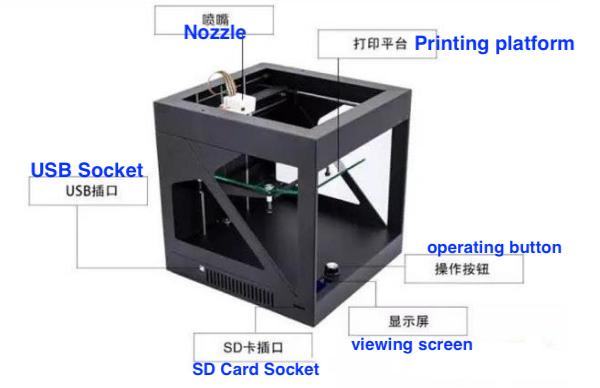中文
ENGLISH
中文
ENGLISH
FDM in 3D printing is Fused Deposition Modeling technology developed by American scholar Scott Crump in 1988.
In addition to FDM processes, there are 3d printers with the following processes: light curing vowin.cn/en/News/news1251.html' target='_blank'>vowin.cn/' target='_blank'>molding (SLA), layered entity Manufacturing (LOM), Selective Laser powder sintering (SLS), shape deposition molding (SDM), Jetting based molding technology (Jetting Technology), and multiphase jet deposition (MJD).
FDM materials are generally thermoplastic materials, such as wax, ABS, nylon, etc. Feed in filaments. The material is heated to melt in the nozzle. The nozzle moves along the section outline and the filling track of the parts, and at the same time extrudes the melted material, the material quickly solidifies, and condenses with the surrounding material.

Advantages of FDM in 3D printing:
1. The hot melt extrusion head system has simple construction principle and operation, low maintenance cost and safe operation;
2. The forming speed is slow, and the product produced by melting deposition method does not need scraper reprocessing in SLA;
3. The parts prototype formed by wax can be directly used in investment casting;
4. can be shaped any degree of complexity of the parts, often used to shape with a very complex cavity, holes and other parts;
5. The raw materials have no chemical changes during the forming process, and the warping deformation of the parts is small;
6. High utilization rate of raw materials and long service life of materials.
Final thoughts
It is worth noting that since FDM is registered as a trademark by a company, many 3D printer companies use FFF (Freeform Fabrication) to express a similar technology, such as Raise3D's N series 3D printers used FFF technology.


